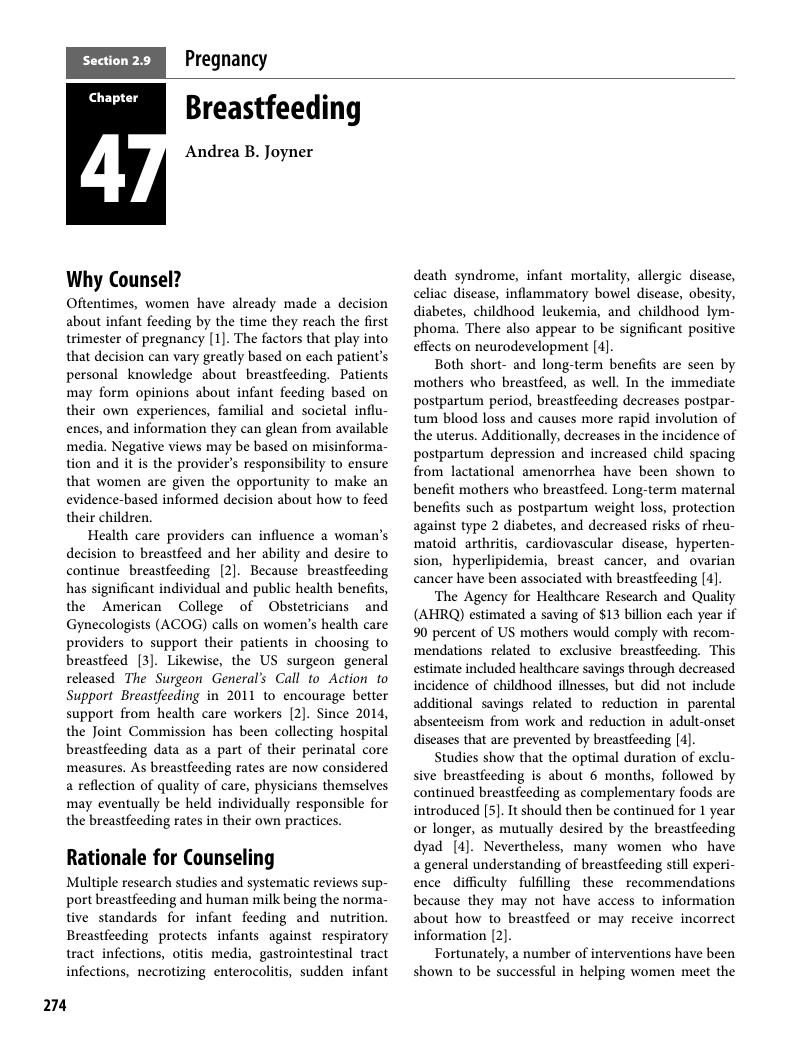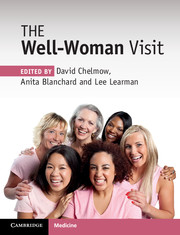Book contents
- The Well-Woman Visit
- The Well-Woman Visit
- Copyright page
- Contents
- Contributors
- Introduction
- Section 1 General Principles
- Section 2 Components of the Well-Woman Visit
- Introduction – Components of the Well-Woman Visit at Different Life Stages
- Section 2.1 Health Maintenance
- Section 2.2 Cardiovascular Health
- Section 2.3 Metabolic and Nutritional Health
- Section 2.4 Urinary Tract Assessment
- Section 2.5 Contraception and Reproductive Health
- Section 2.6 Infectious Diseases
- Section 2.7 Cancer Screening and Prevention
- Section 2.8 Neurologic, Behavioral, and Psychosocial Health
- Section 2.9 Pregnancy
- Index
- References
Section 2.9 - Pregnancy
from Section 2 - Components of the Well-Woman Visit
Published online by Cambridge University Press: 22 June 2017
- The Well-Woman Visit
- The Well-Woman Visit
- Copyright page
- Contents
- Contributors
- Introduction
- Section 1 General Principles
- Section 2 Components of the Well-Woman Visit
- Introduction – Components of the Well-Woman Visit at Different Life Stages
- Section 2.1 Health Maintenance
- Section 2.2 Cardiovascular Health
- Section 2.3 Metabolic and Nutritional Health
- Section 2.4 Urinary Tract Assessment
- Section 2.5 Contraception and Reproductive Health
- Section 2.6 Infectious Diseases
- Section 2.7 Cancer Screening and Prevention
- Section 2.8 Neurologic, Behavioral, and Psychosocial Health
- Section 2.9 Pregnancy
- Index
- References
Summary

- Type
- Chapter
- Information
- The Well-Woman Visit , pp. 274Publisher: Cambridge University PressPrint publication year: 2017

